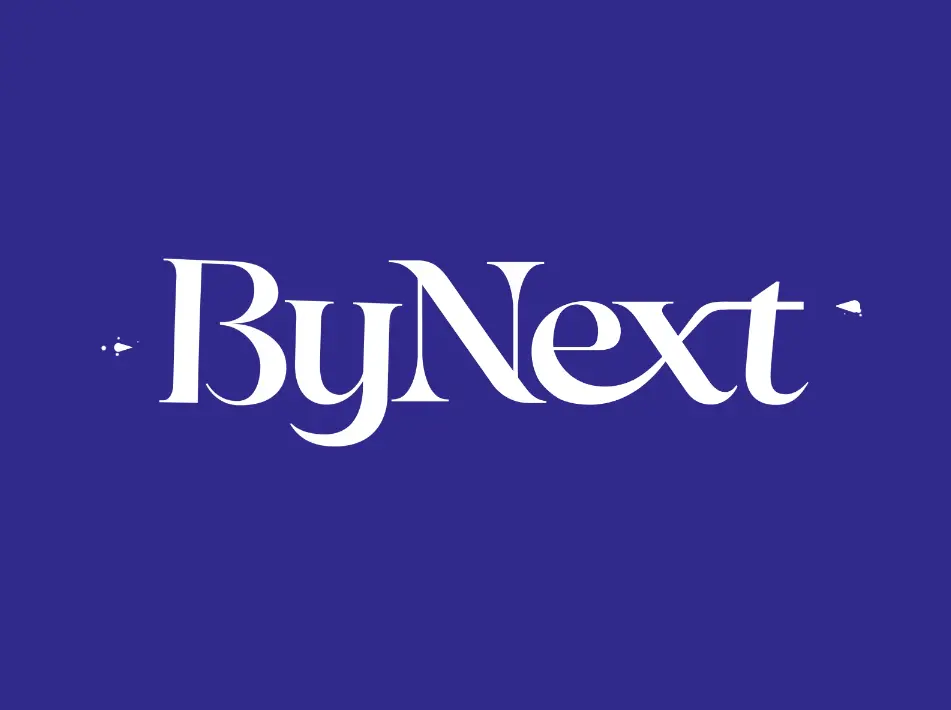3 Video Marketing Technologies: Which One to Choose?
There are 3 basic video marketing technologies you may choose for effective engagement through your business explainer videos. They include video advertising via Google AdWords, advertising with YouTube bloggers or influencers, and promotion of your YouTube channel. Find which branded video production video marketing technologies are the best for your tasks.

What are videos marketing?
Video marketing is a generalized concept. Behind it, there may be hidden various technologies for attracting new customers with the help of videos. If we talk about digital business, video ads shown through Google AdWords, placing ads on YouTube bloggers’ channels, and creating and promoting your own YouTube channel with unique content will be the best examples.
Each technology is suitable in some cases, has its own advantages and disadvantages. And it’s up to you to pick when and what to apply either of them, be it a video of marketing mix or either of them used separately.
How to choose video marketing technology
So, before you pick technologies you like or need to apply for your video campaign, you’d better familiarize yourself with all the nuances of each. Also, it will help you understand which way is the best in your particular case.
1. Content on your YouTube Channel
Explainer videos or other commercials are usually self-created. But if you advertise your product or brand, then you may shift this work to professionals. Therefore, you will need some production budget to cover costs for a professional promo video.
Using self-made branded content will help you develop your business faster and engage the audience in various ways. The technology allows regularly filling in your channel with helpful content and attracting the target audience.
Goals:
- Create brand awareness;
- loyal community around the brand;
- communication with subscribers through videos;
- train potential customers to use the product;
- inform about new updates;
- attract potential customers to the channel from YouTube, Google, and other search engines;
- attract to your website and blog.
How to launch:
- Define video format;
- make a content plan;
- purchase equipment for filming, or hire a reliable vendor for shoots,
- create videos, edit, optimize for search and placement on the channel;
- promote video using your own website, social networks, thematic channels on YouTube or advertise through AdWords;
- work with video comments (answers, tips, thanks);
- analyze the audience’s reaction to different videos, adjusting the style and format of the video.
- prepare new material.
Pros:
- forming an expert image and gaining trust;
- a full-fledged communication channel with the audience;
- keeping the audience’s attention with the help of subscription forms;
- videos engage much better than social media posts.
Cons:
- serious resources are needed to shoot high-quality videos;
- regularity in video posting is required;
- promotion of channel and attracting first customers is a long-playing process;
It is not easy to assess the contribution of a channel to conversion, especially if it is launched simultaneously with the site, groups in social networks, and other advertising tools.
2. Working with YouTube bloggers
There are dozens of bloggers on YouTube with a loyal audience and high rates. Placing ads in their videos attracts potential customers because they are loyal to bloggers and tend to trust them in everything.
There are several types of advertising with bloggers:
- direct advertising (your videos 30-60 seconds long are inserted at the beginning, middle, or end of the video);
- promo (blogger’s video is completely dedicated to your product);
- mentions (in this case, the blogger organically integrates information about your brand or product into their video, and viewers do not think it an advertisement);
- links in the description (a link to your page with a short explanatory text is added to the description for the video).
Goals:
- Expand the audience coverage through new channels;
- Attract new target audience to the site;
- Increase brand awareness and build trust;
- Increase the number of targeted actions (subscriptions, sales, etc.).
How to launch:
First of all for this type of marketing with videos, you
- Search for channels on YouTube according to your specific criteria (coverage, topic, number of subscribers, placement price, channel age, etc.).
- Clarify on available ad formats (link in the description, promo video, mentions).
- Agree on the placement of advertisements in detail (who makes the video, what data is needed, the budget, etc.).
- Do the execution control and traffic flow tracking.
Pros:
- attracting a loyal audience and expanding coverage;
- fixed price of advertising;
- when ordering promo videos and mentions in the form of integration, you do not need to spend money on content creation;
- the cost of one click is lower than when placing ads through AdWords;
- there is no need to negotiate directly with bloggers and attract agencies with high commissions;
Cons:
- there are not many TOP bloggers and they usually work with agencies;
- you need to find and pitch them on your own and order placements;
- it may be expensive if you blog with a real influencer.
3. Video advertising via Google AdWords
Google AdWords is one of the video marketing technologies used to advertise on YouTube.
There are 3 types of advertising there:
- TrueView In-Stream (video advertising at the beginning, middle or end of the video, which the user may skip after 5 seconds of showing. The fee is charged if the user has watched 30 seconds of the video or watched it to the end if the video is less than 30 seconds long).
- TrueView Video Discovery (advertising is displayed in the list of related videos. Clicking starts watching the video. Money is debited after the user clicks on the advertising icon).
- Splash ads (this is a 6-second video at the beginning of YouTube videos. You cannot miss them. You will be charged for 1000 impressions).
Goals:
- Increase brand awareness;
- warm-up the audience;
- get fast traffic to the site or attract YouTube subscribers;
- attract traffic and boost sales, etc.
How to launch:
- Create advertising videos;
- register in Google AdWords and launch a new campaign (type – “Video”);
- select the campaign goal (“Brand and product awareness, etc.”);
- do the campaign setup (daily budget, start and end dates, networks, languages, display locations, bid strategy, targeting demographics, interests, etc.);
- specify the key phrases and create ads in the selected format;
- launch ads moderated by Google AdWords;
- monitor display parameters and adjust settings.
- Measure success and analyze results.
Pros:
- the quick attraction of traffic and increase in coverage;
- accuracy of performance assessment thanks to the built-in analytics system;
- the ability to make adjustments or stop the campaign at any time;
- payment for specific actions – views or clicks from links;
- the ability to accurately target your audience thanks to the wide targeting options;
- the ability to bring back the audience thanks to retargeting.
Cons:
- high cost of click-through advertising, especially in expensive niches with high competition (development and promotion of websites, Fintech, insurance, etc.);
- direct dependence of the flow of clients on the advertising budget costs (you stop the ad – there will be no new clients);
- restrictions on advertising in certain niches.
- the need to involve an AdWords specialist to properly set up a campaign if you are a no-skilled one.
Basically, to measure the success of your campaign, in either case, you will need to pay attention to the following performance indicators:
- the number of clicks on the link under the video;
- time spent on the website;
- bounce rate and viewing depth;
- the cost of one conversion;
- the number of subscriptions received (registrations, purchases);
- the cost of a new subscription or other targeted action;
- the average check of the user who clicked from the video and made a purchase.
Also, do not forget to read out the AdWords instructions carefully and bloggers’ agreements and other materials at hand. They will allow you to get better at what you’re doing and open up some more potential as a professional video content marketer.
Conclusion
Of course, the best marketing video game technology or video business technology or whatever the video you use to promote your business will be a mix. To get the most out of your video marketing, it’s worth using all three tools for sure.
To begin with, you may start creating and promoting your own channel, which is a minimum budget case. Next, enable the placement of advertisements for YouTube bloggers or partner one to place something there. And to back up this network, launch a video ads campaign via Google AdWords for good.
Such a tremendous balanced approach will allow you to reach a broad audience, optimize costs and take full advantage of video marketing opportunities with incredible explainer videos. Have a try!


